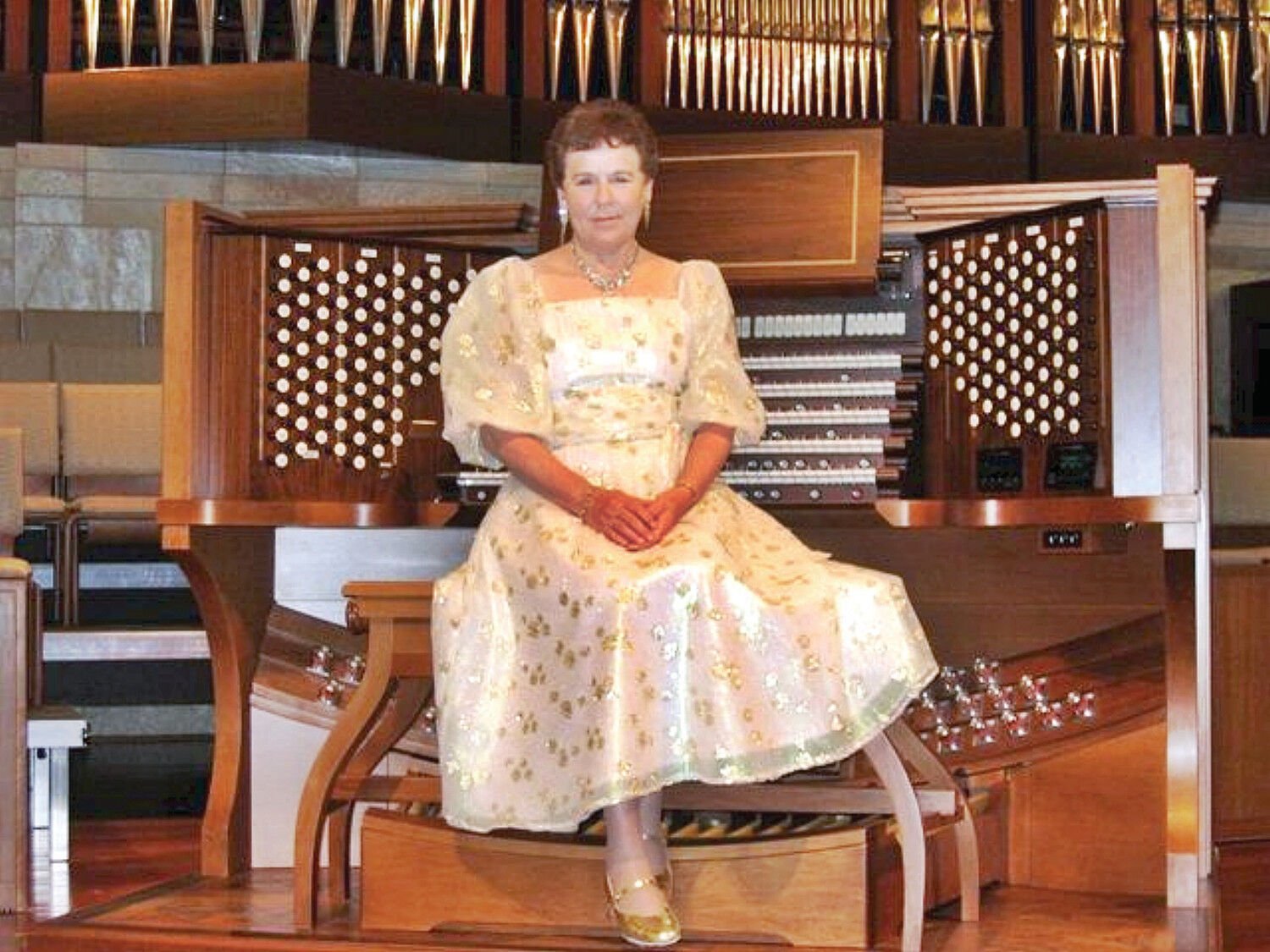

His large property pre-dated many of the district buildings and was subdivided after his death. A notable stylistic exception in this neighborhood is the simply early Italianate home of Jacob Estey (162 Canal Street). The earlier buildings, including 192 Canal Street, 198 Canal Street, 202 Canal Street, and 208 Canal Street are of the vernacular Greek Revival and Gothic Revival styles or very simple such as 30 Horton Place and 31 Horton Place, which were relocated during the period of significance. Though there are some earlier houses along Canal Street, many of these were updated in the late 19th and early 20th centuries with the addition of Victorian porches or even relocated to side streets to make way for larger new buildings on Canal Street. The majority of buildings were built new in a restrained Queen Anne style. Most of the residential structures in the Homestead-Horton Neighborhood Historic District are either originally multi-unit or were converted from single family to multi-unit in the period from 1895 to 1915 and represent substantial urban infill of earlier village areas to address increased housing needs in the urban core. A steep wooded bank creates a natural boundary to the district on the east while outside the district across Canal Street modern commercial development dominates the streetscape. Nearby, a short two blocks down Birge Street to the southwest, is the former Estey Organ Factory complex (listed in the National Register on April 17, 1980, and amended with a Boundary Increase listed on January 9, 2007). The northeast boundary of the district abuts the Canal Street School, entered in the National Register of Historic Places on August 19, 1977, and the adjacent Canal Street-Clark Street Neighborhood to the north, entered in the National Register on July 7, 1993. The architectural character of the Homestead-Horton Neighborhood Historic District is dominated by the Queen Anne style as applied to both large single family homes and to small apartment buildings. In addition, three modern garages and one modern shed are non-contributing. Of these, 21 primary and 4 accessory buildings retain integrity of location, design, setting, workmanship, feeling, association and materials, and are contributing to the district. The Homestead-Horton Neighborhood Historic District includes in total 29 buildings. The Homestead-Horton Neighborhood Historic District is a compact group of residential buildings in an urban setting that were constructed between 18 located along Canal Street, Horton Place, and Homestead Place in Brattleboro, Vermont. Portions of the content on this web page were adapted from a copy of the original nomination document. The Homestead-Horton Neighborhood Historic District was listed on the National Register of Historic Places in 2009. Homestead-Horton Neighborhood Historic District Map.


 0 kommentar(er)
0 kommentar(er)
